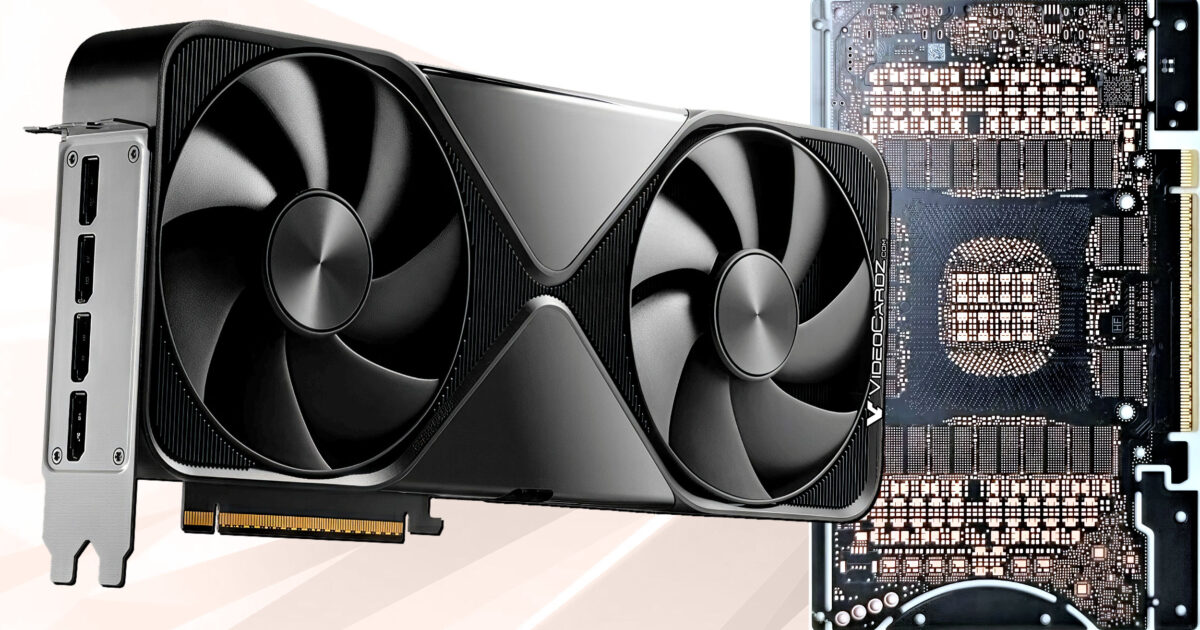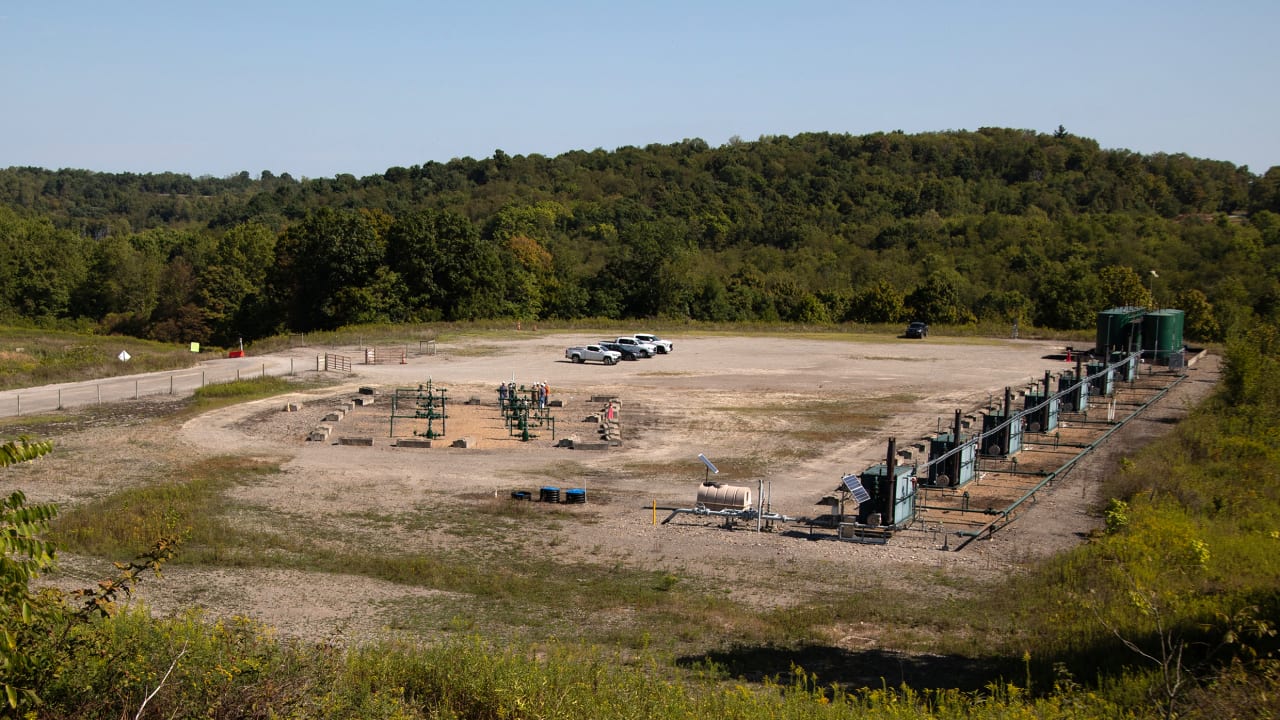Image Processing Projects for Final Year Students
Hello Developer Community! Welcome to my blog featuring ten engaging image-processing projects ideal for final-year students. These hands-on tutorials cover OpenCV, machine learning, IoT integration, ESP32, Arduino, TensorFlow and more including applications like license plate recognition, gesture control and facial-attendance systems. Dive in to enhance your skills and practical understanding today. Number Plate Recognition System Capturing a moving car’s ID number is challenging for the human eye, but this project makes it possible. The number plate detection system using the ESP32-CAM, programmed via the Arduino IDE, captures an image of a vehicle’s number plate and sends it to a cloud server through an HTTP POST request over Wi-Fi. The server performs OCR to extract the plate number and returns the result in JSON format. The ESP32-CAM then parses this response and displays it on an OLED screen. The process is triggered by a button press. As all recognition is handled in the cloud, the device code remains simple. This system can be used in smart parking, toll collection and access control. By trying this project, students learn about embedded imaging, networking and API integration. Face Recognition Attendance System Here is an automated Face recognition attendance system project built using OpenCV and machine learning. It employs the LBPH algorithm to detect and identify faces through a camera and stores data in a MySQL database. The system captures user images, trains models and updates attendance records in real-time. A Tkinter-based GUI facilitates user interaction, while a web interface enables attendance checks via a web dashboard. Suitable for classrooms or workplaces, it streamlines attendance tracking by eliminating manual processes. By this project, students gain hands-on experience in ML algorithms, OpenCV workflows, database integration, GUI development and full-stack web technologies, strengthening their skills in real-world AI applications and system design. Gesture Controlled Video Player In this Gesture Controlled Video Player using Raspberry Pi and MediaPipe project, hand gestures are detected via a Pi camera, mapped to media controls using PyAutoGUI for keyboard automation. MediaPipe’s hand-tracking model processes real-time video, while OpenCV handles image analysis. Ideal for smart home systems, presentations or accessibility tools, it demonstrates hands-free interaction. Students learn real-time computer vision, ML model integration (MediaPipe), Python scripting and hardware-software interfacing. Driver Drowsiness Detection System There is always a concern about driving at nighttime as we might fall asleep unknowingly, which may result in accidents. To prevent such incidents, here is a Driver Drowsiness Detection System using Python, OpenCV and Keras to detect driver drowsiness and prevent accidents. A webcam captures real-time video, where Haar cascade classifiers identify faces and eyes. A Convolutional Neural Network (CNN) model which is trained on 7000 custom-collected eye images and classifies eye states. The system tracks eye closure duration using a scoring mechanism. A prolonged closure triggers an audible alarm. Suitable for automotive safety, it demonstrates real-time computer vision and ML integration. Students learn CNN architecture design, Haar cascade object detection, image preprocessing and real-time system implementation, applying AI to solve critical safety challenges from this project. Emotion Recognition System Think about a DIY project where you can identify emotions of the individuals. This Emotion Recognition System project uses Raspberry Pi 4, OpenCV, TensorFlow and Keras to detect facial expressions (Angry, Fear, Happy, Neutral, Sad, Surprise) in real-time. A pre-trained CNN model (trained on the FER2013 dataset) classifies emotions using Haar cascades for face detection and ROI extraction. The Pi Camera captures video, processes frames with OpenCV and displays predictions on-screen. Suitable for sentiment analysis, mental health monitoring or interactive gaming, it demonstrates real-time computer vision and ML integration. Students learn CNN deployment, Haar cascade workflows, image preprocessing and Raspberry Pi hardware-software interfacing. Lane Detection System Can you believe that you can build a system to prevent your vehicle from colliding with the roadside? Yes, with this Lane Detection System project, you can make it possible. This project builds an ADAS using NVIDIA Jetson or Raspberry Pi, LIDAR and OpenCV to detect road lanes and obstacles. A camera captures real-time video, processed via edge detection algorithms to identify lanes, while LIDAR maps surroundings for collision avoidance. The system displays processed data on an HDMI screen, combining lane tracking and anti-collision alerts. Suitable for automotive safety, it demonstrates real-time sensor fusion

Hello Developer Community! Welcome to my blog featuring ten engaging image-processing projects ideal for final-year students. These hands-on tutorials cover OpenCV, machine learning, IoT integration, ESP32, Arduino, TensorFlow and more including applications like license plate recognition, gesture control and facial-attendance systems. Dive in to enhance your skills and practical understanding today.
Number Plate Recognition System
Capturing a moving car’s ID number is challenging for the human eye, but this project makes it possible. The number plate detection system using the ESP32-CAM, programmed via the Arduino IDE, captures an image of a vehicle’s number plate and sends it to a cloud server through an HTTP POST request over Wi-Fi. The server performs OCR to extract the plate number and returns the result in JSON format. The ESP32-CAM then parses this response and displays it on an OLED screen. The process is triggered by a button press. As all recognition is handled in the cloud, the device code remains simple. This system can be used in smart parking, toll collection and access control. By trying this project, students learn about embedded imaging, networking and API integration.
Face Recognition Attendance System
Here is an automated Face recognition attendance system project built using OpenCV and machine learning. It employs the LBPH algorithm to detect and identify faces through a camera and stores data in a MySQL database. The system captures user images, trains models and updates attendance records in real-time. A Tkinter-based GUI facilitates user interaction, while a web interface enables attendance checks via a web dashboard. Suitable for classrooms or workplaces, it streamlines attendance tracking by eliminating manual processes. By this project, students gain hands-on experience in ML algorithms, OpenCV workflows, database integration, GUI development and full-stack web technologies, strengthening their skills in real-world AI applications and system design.
Gesture Controlled Video Player
In this Gesture Controlled Video Player using Raspberry Pi and MediaPipe project, hand gestures are detected via a Pi camera, mapped to media controls using PyAutoGUI for keyboard automation. MediaPipe’s hand-tracking model processes real-time video, while OpenCV handles image analysis. Ideal for smart home systems, presentations or accessibility tools, it demonstrates hands-free interaction. Students learn real-time computer vision, ML model integration (MediaPipe), Python scripting and hardware-software interfacing.
Driver Drowsiness Detection System

There is always a concern about driving at nighttime as we might fall asleep unknowingly, which may result in accidents. To prevent such incidents, here is a Driver Drowsiness Detection System using Python, OpenCV and Keras to detect driver drowsiness and prevent accidents. A webcam captures real-time video, where Haar cascade classifiers identify faces and eyes. A Convolutional Neural Network (CNN) model which is trained on 7000 custom-collected eye images and classifies eye states. The system tracks eye closure duration using a scoring mechanism. A prolonged closure triggers an audible alarm. Suitable for automotive safety, it demonstrates real-time computer vision and ML integration. Students learn CNN architecture design, Haar cascade object detection, image preprocessing and real-time system implementation, applying AI to solve critical safety challenges from this project.
Emotion Recognition System
Think about a DIY project where you can identify emotions of the individuals. This Emotion Recognition System project uses Raspberry Pi 4, OpenCV, TensorFlow and Keras to detect facial expressions (Angry, Fear, Happy, Neutral, Sad, Surprise) in real-time. A pre-trained CNN model (trained on the FER2013 dataset) classifies emotions using Haar cascades for face detection and ROI extraction. The Pi Camera captures video, processes frames with OpenCV and displays predictions on-screen. Suitable for sentiment analysis, mental health monitoring or interactive gaming, it demonstrates real-time computer vision and ML integration. Students learn CNN deployment, Haar cascade workflows, image preprocessing and Raspberry Pi hardware-software interfacing.
Lane Detection System
Can you believe that you can build a system to prevent your vehicle from colliding with the roadside? Yes, with this Lane Detection System project, you can make it possible. This project builds an ADAS using NVIDIA Jetson or Raspberry Pi, LIDAR and OpenCV to detect road lanes and obstacles. A camera captures real-time video, processed via edge detection algorithms to identify lanes, while LIDAR maps surroundings for collision avoidance. The system displays processed data on an HDMI screen, combining lane tracking and anti-collision alerts. Suitable for automotive safety, it demonstrates real-time sensor fusion (camera + LIDAR) and embedded computing. Students learn OpenCV image processing, LIDAR integration, Python scripting and multi-threaded system design, applying ADAS principles to enhance vehicular safety through hardware-software co-development.
AI Threat Detection System
If you wish to build a security system that protects your place, this AI-driven threat detection system project, which uses Edge AI with Sipeed Maixduino and NodeMCU to detect weapons (rifles, handguns) in real-time is an ideal solution. A Yolov2 model that is trained on 2083 images will process camera input locally. LoRa SX1278 transmits alerts to mobile units within 8-10 km, while Wi-Fi sends images to a Node-RED dashboard for centralized monitoring. Designed for conflict zones, it enables rapid police alerts if it finds threats. Students learn Edge AI deployment, LoRa/Wi-Fi integration, model training (TensorFlow Lite) and real-time embedded systems, bridging hardware-software workflows for security applications.
Fruit Sorting System
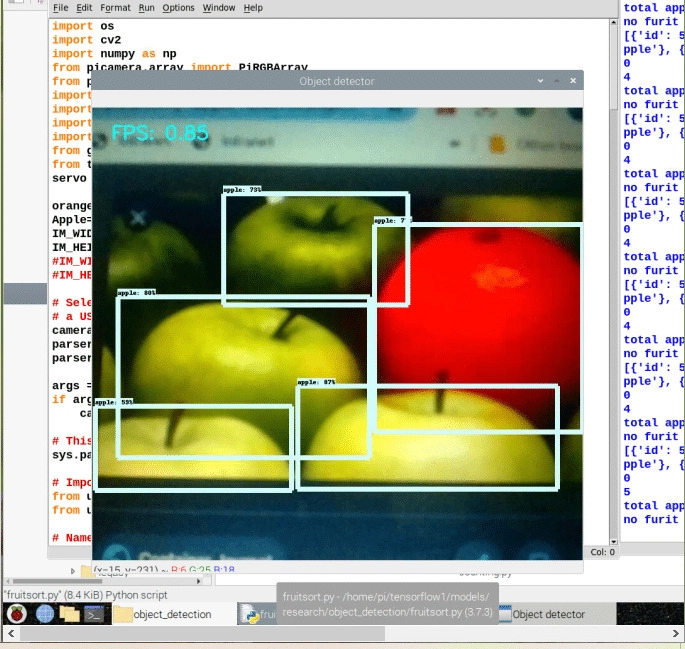
If you want to build a system where you can learn electronics and also create a tool that helps sort items manually (which may take significant time and concentration), this automatic sorting system using Raspberry Pi automates fruit sorting with the help of OpenCV and TensorFlow. A camera captures images of fruits (e.g., oranges) processed via a TensorFlow model trained to detect specific fruit classes. Identified fruits trigger a servo motor to sort them into designated baskets, while a counter logs totals with timestamps. Designed for farms or food processing units, it replaces manual sorting and improving efficiency. Students learn computer vision (OpenCV), machine learning model integration (TensorFlow), servo motor control and Python scripting, gaining hands-on experience in AI-driven automation and IoT system design for agricultural applications or other applications that need sorting.
Face Recognition Door Lock System
If you want to enhance your home security beyond traditional methods like the normal lock-and-key system, consider this Face Recognition Door Lock System using ESP32-CAM, a Relay Module and a Solenoid Lock to create a secure, keyless entry system. The ESP32-CAM captures live video, detects faces via built-in libraries and triggers the relay to unlock the door if a recognized face matches stored data. A solenoid lock secures or unlocks the door based on relay signals. Designed for homes or offices, it demonstrates IoT-based security. Students learn ESP32-CAM programming, face detection and recognition workflows, relay control and Arduino IDE integration, gaining practical skills in embedded systems, real-time data processing and hardware-software interfacing for smart security solutions.
Object Detection System

Here is a tutorial about an Object Detection System using OpenCV and Python to automate object detection and recognition. Techniques like SIFT, SURF, FAST, BRIEF and ORB algorithms identify key features (edges, corners) in images, enabling tasks like template matching and corner detection. Applications include robotics, autonomous vehicles and security systems. Students learn computer vision fundamentals, feature extraction and algorithm implementation (Harris corner detection, template matching). They gain hands-on experience in image preprocessing, keypoint detection and real-time object tracking, building skills for scalable solutions in automation, surveillance or augmented reality.






































































































































































![[The AI Show Episode 145]: OpenAI Releases o3 and o4-mini, AI Is Causing “Quiet Layoffs,” Executive Order on Youth AI Education & GPT-4o’s Controversial Update](https://www.marketingaiinstitute.com/hubfs/ep%20145%20cover.png)



















































































































































































































































































































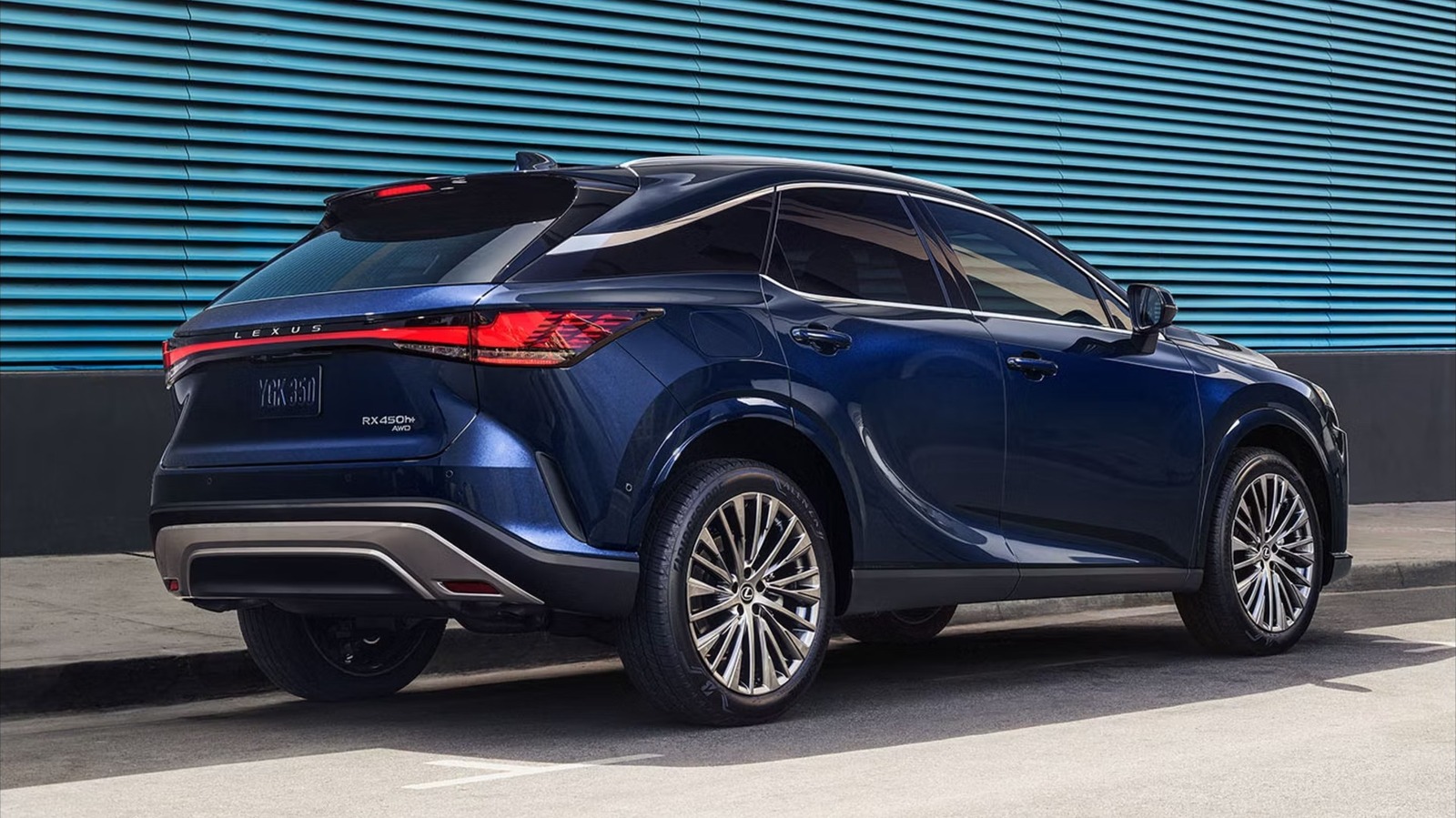






























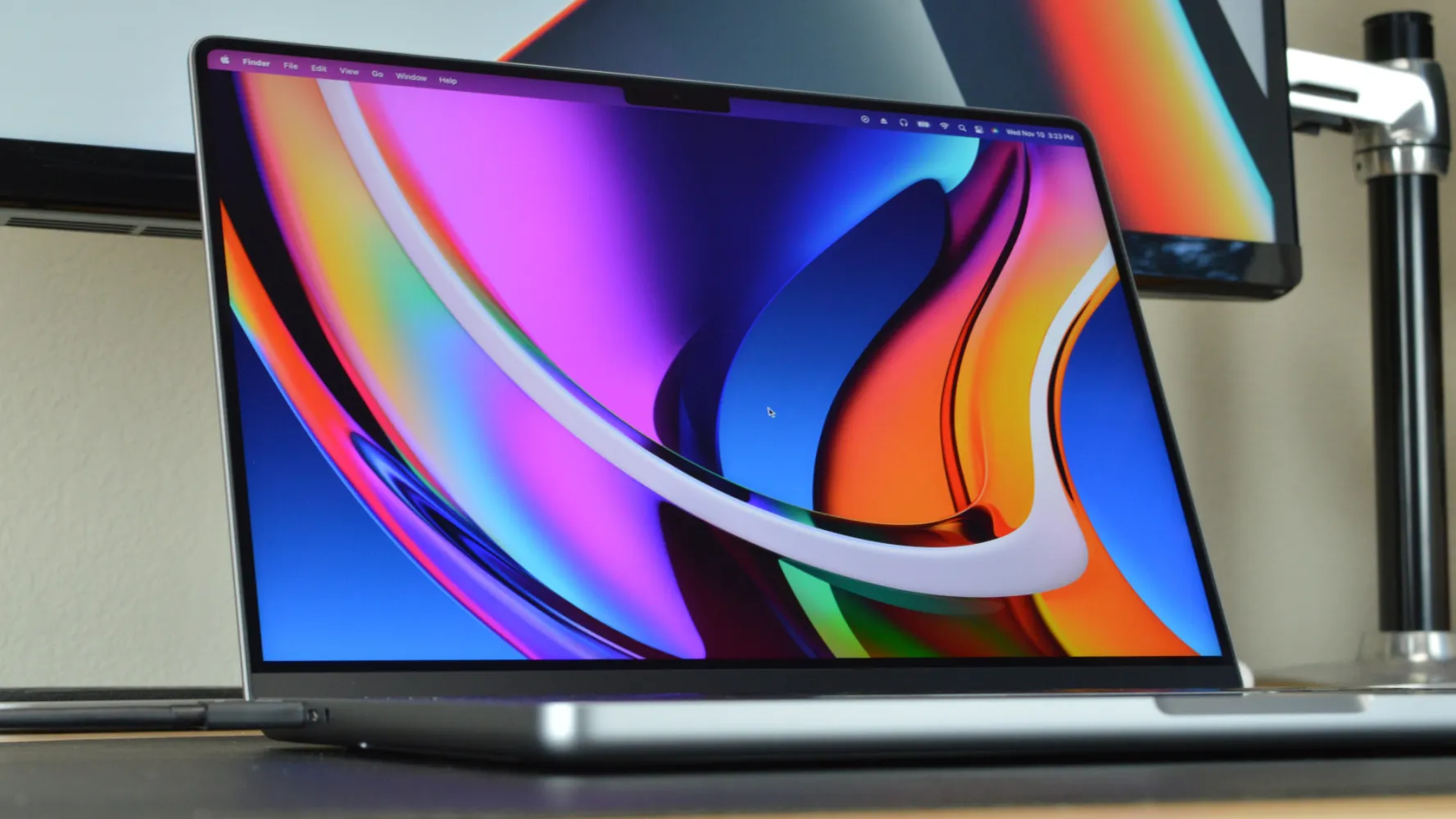



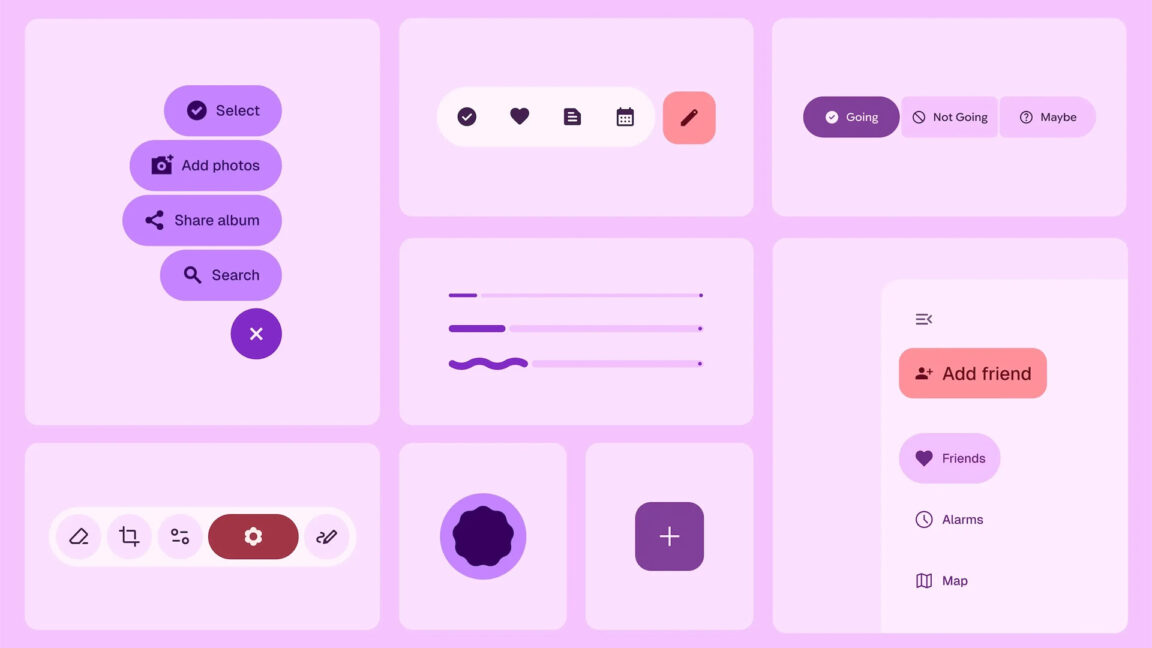









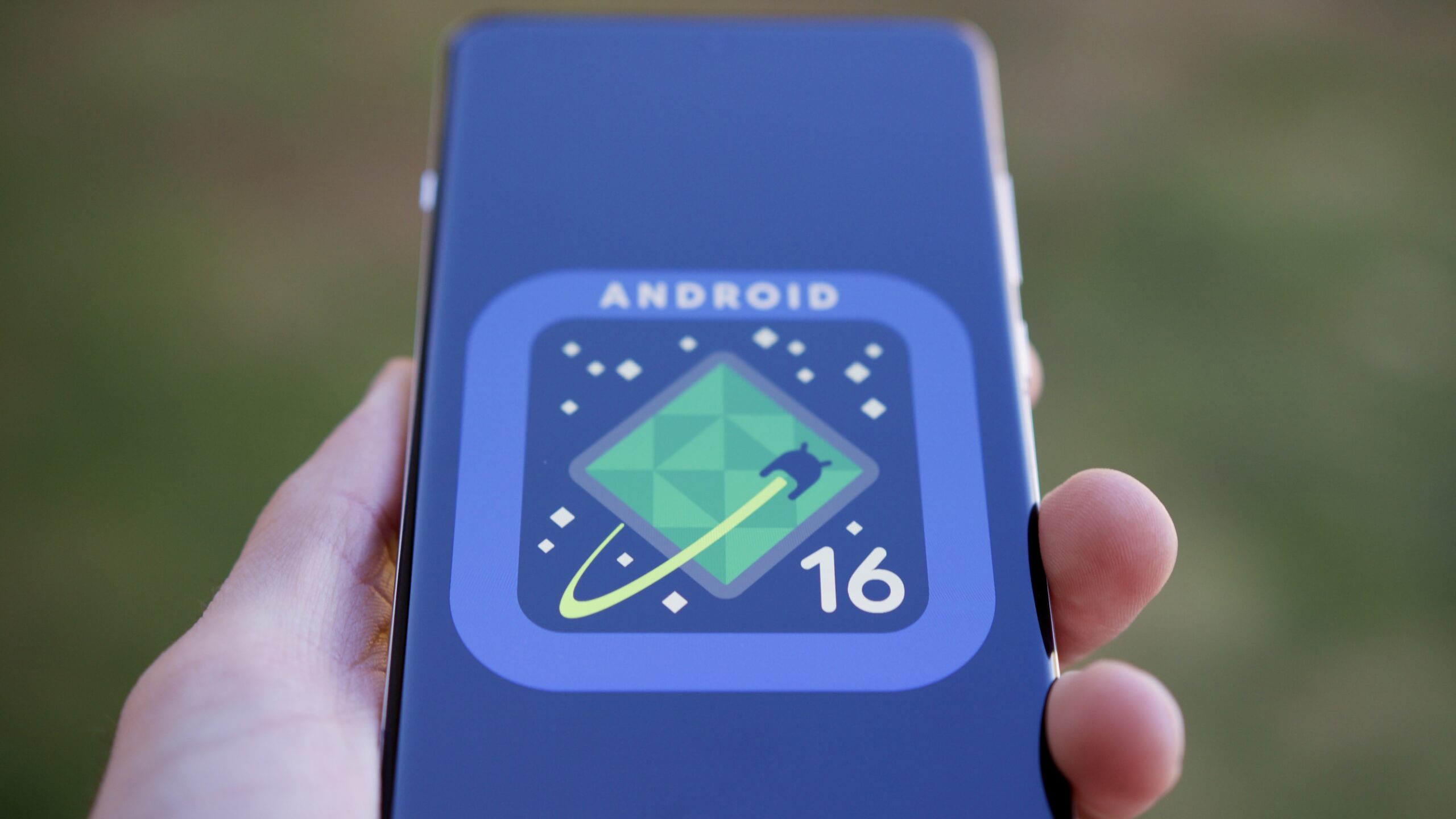

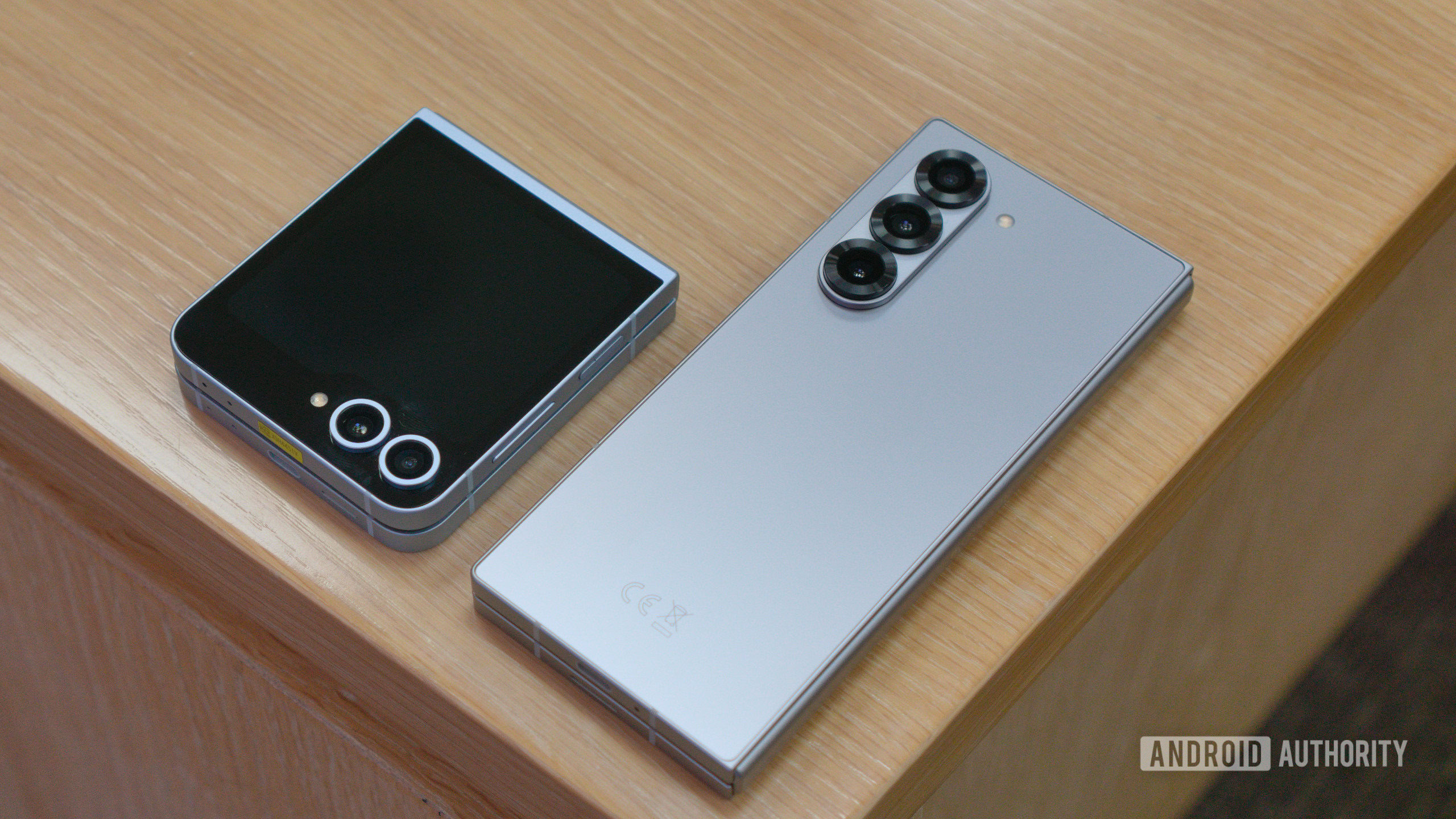

















![Apple Shares Official Teaser for 'Highest 2 Lowest' Starring Denzel Washington [Video]](https://www.iclarified.com/images/news/97221/97221/97221-640.jpg)

![Under-Display Face ID Coming to iPhone 18 Pro and Pro Max [Rumor]](https://www.iclarified.com/images/news/97215/97215/97215-640.jpg)
![New Powerbeats Pro 2 Wireless Earbuds On Sale for $199.95 [Lowest Price Ever]](https://www.iclarified.com/images/news/97217/97217/97217-640.jpg)


















